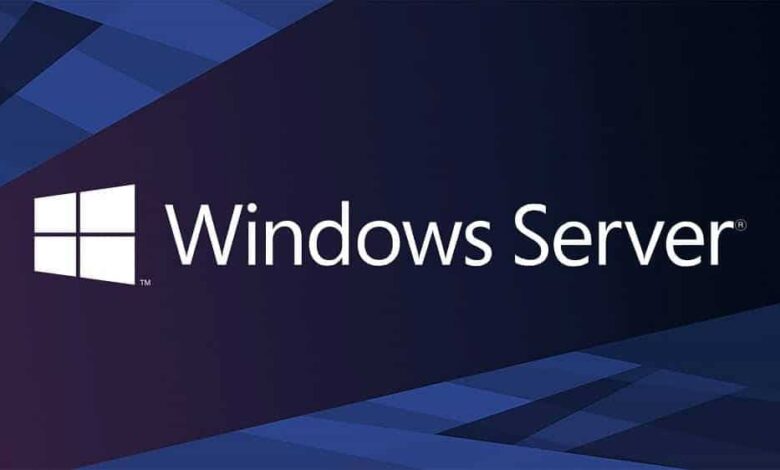32TB Server Windows

Introduction to 32TB Server Windows
A 32TB server Windows setup can provide immense storage capabilities for businesses and individual users. Whether you’re running a data-intensive application, managing a large database, or hosting multiple virtual machines, having a server with 32TB of storage can offer significant advantages. However, proper setup and management are crucial to maximize the server’s potential. In this guide, we will explore how to effectively set up and manage environment.
Why Choose a 32TB Server Windows Configuration?
High Storage Capacity
The primary benefit of a 32TB server Windows is its high storage capacity. With 32 terabytes of space, you can store massive amounts of data, including backups, applications, and databases. This storage size is ideal for companies dealing with large datasets or hosting services that require substantial disk space.
Scalability and Flexibility
A 32TB server Windows setup is highly scalable. It allows businesses to expand their storage needs without investing in new hardware frequently. Windows Server operating systems provide various tools and features that make scaling storage easy and efficient. This flexibility is crucial for businesses expecting rapid growth or fluctuating storage needs.
Setting Up Your 32TB Server Windows
Step 1: Hardware Requirements
Before setting up a 32TB server Windows, ensure your hardware meets the necessary requirements. The server should have sufficient RAM and processing power to handle the workload. It’s also important to select high-quality hard drives that offer reliability and speed. Solid-state drives (SSDs) can be a good option for faster data access, while traditional hard disk drives (HDDs) can offer more storage space at a lower cost.
Step 2: Installing Windows Server
After assembling the necessary hardware, the next step is to install the Windows Server operating system. Choose a version that best suits your needs. Windows Server 2019 or 2022 are popular choices for their advanced features and security enhancements. During installation, follow the on-screen instructions carefully to avoid any setup issues.
Step 3: Configuring Storage Spaces
Windows Server provides a feature called Storage Spaces, which helps in managing large volumes of storage. To set up a 32TB server Windows, you can use Storage Spaces to pool the physical disks and create a virtual disk with the desired capacity. This process ensures that the storage is efficiently utilized and easy to manage.
Step 4: Setting Up RAID for Redundancy
Redundant Array of Independent Disks (RAID) configuration is essential for data redundancy and performance. A 32TB server Windows can benefit from RAID levels like RAID 5 or RAID 6, which provide a balance between storage efficiency and data protection. Configuring RAID helps protect your data against hardware failures.

Optimizing Performance of Your 32TB Server Windows
Regular Maintenance and Updates
To keep a 32TB server Windows running smoothly, regular maintenance is crucial. This includes updating the Windows Server operating system and all installed applications. Regular updates ensure that security vulnerabilities are patched, and the server remains secure. Monitoring server performance regularly can also help identify potential issues early.
Utilizing Server Roles and Features
Windows Server offers a variety of roles and features that can enhance the functionality of your server. Depending on your needs, you might want to configure roles such as File Server, Web Server (IIS), or Hyper-V for virtualization. Proper configuration of these roles can optimize your server’s performance and make better use of the 32TB server Windows storage capacity.
Implementing Backup Solutions
A 32TB server Windows should have a reliable backup solution in place. Regular backups are essential to prevent data loss in case of hardware failure or cyber attacks. Windows Server includes built-in backup solutions, but you can also opt for third-party software for more advanced features.
Security Measures
Securing a 32TB server Windows is critical. Implementing firewalls, antivirus software, and intrusion detection systems (IDS) can help protect against unauthorized access and malware. Regular security audits and monitoring are also necessary to maintain a secure server environment.
Setting up and managing a requires careful planning and attention to detail. From selecting the right hardware to configuring storage and implementing security measures, each step is essential for ensuring optimal performance and data safety. By following best practices and regularly maintaining the server, you can fully leverage the capabilities of a 32TB server Windows. For further information on Windows Server setup and best practices, visit the Microsoft Official Documentation (canonical).
